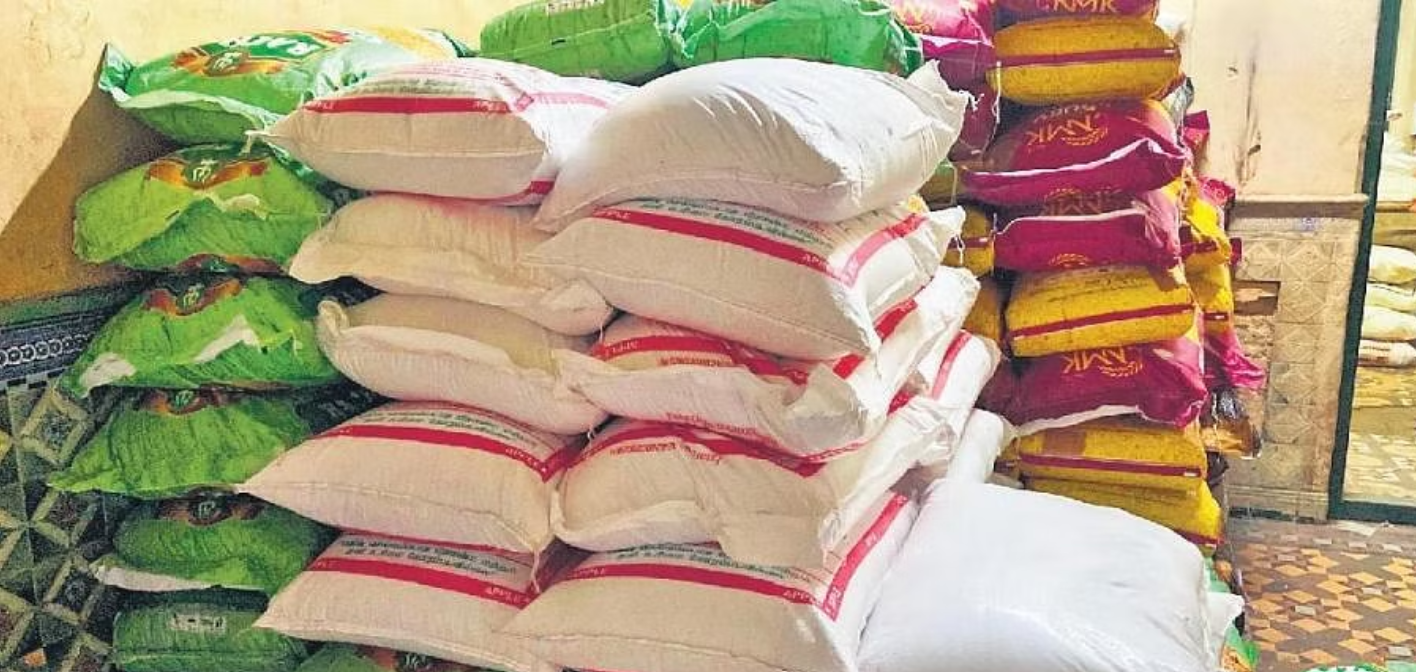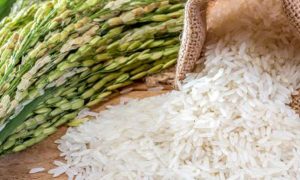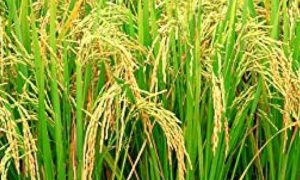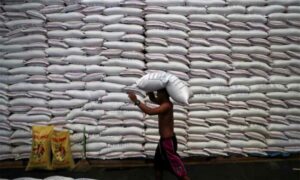Japan faces the bitter harvest of agricultural neglect

Japan faces a rice crisis with prices surging 94% year-on-year, exposing flaws in decades-old protectionist policies. Despite stockpiles, shortages persist, burdening households and sparking inflation. The crisis, rooted in suppressed production and institutional inertia, highlights Japan’s vulnerability amid global food weaponisation. A policy shift toward true food security — not financial interests — is vital for national resilience and recovery.
The dramatic rise in rice prices across Japan since August 2024 reveals a troubling paradox. A staple so central to Japanese identity that the word ‘gohan’ means both ‘meal’ and ‘rice’ — a grain that sustained its population reliably for generations — has become increasingly expensive for ordinary citizens.
Rice prices have surged an alarming 94 per cent year-on-year as of March 2025, with occasional supply shortages in some supermarkets creating economic pressure and anxiety unseen since the post-war years. This rice crisis was not inevitable but rather self-inflicted through decades of misguided agricultural policies. Unlike natural disasters or external shocks, Japan deliberately dismantled its rice production capacity while global food systems grew increasingly unstable.
Throughout Japanese history, during the Edo period of 1603–1868 and the Meiji era of 1868–1912, securing rice production formed the foundation of government policy. The 1918 rice riots (‘Kome Sodo’) demonstrated how food shortages could trigger social upheaval.
While Japanese dietary habits have transformed dramatically, with rice consumption plummeting from 118 kilograms per capita in 1962 to just 50.9 kilograms in 2022. This shift in consumption patterns exists separately from the self-sufficiency crisis.
At the centre of Japan’s food security problem lies the gentan program, a government-mandated reduction in rice acreage designed to maintain artificially high prices. This policy was originally implemented to protect small-scale farmers’ income during Japan’s rapid industrialisation in the 1970s, while also preventing rural-to-urban migration that might destabilise social harmony and agriculture. While officially abandoned in 2018, the practice continues, with Japan Agricultural Cooperatives (JA) and the Ministry of Agriculture working in concert to suppress production.
This approach contradicts the Japanese word for economy (‘keizai’), which derives from ‘keiseisaimin’, meaning ‘governing the world and saving the people’ — a phrase that reflects the moral imperative that economic policies must benefit society. Such a disconnect represents the first critical failure point in Japan’s food security collapse.
The response to the 2024 crisis reveals staggering incompetence at institutional levels. After summer heat damaged rice quality, officials sat idle for a full year despite clear warning signs of impending shortages. 1 million tonnes of government-stockpiled rice remained locked in warehouses even when supermarket shelves emptied completely. Consumer prices of rice skyrocketed 64 per cent, reaching decade-high levels throughout 2024. This institutional paralysis represents the second critical breakdown in Japan’s food security system.
If Japan abandoned artificial production constraints, it could produce 17 million tonnes of rice annually — more than double its current output. But the country deliberately crippled its agricultural capacity while global food systems grew increasingly unstable. This self-sabotage has left Japan uniquely vulnerable among developed nations and constitutes the third fundamental error in Japan’s approach.
Food has emerged as a critical tool in modern conflicts and strategic competition that security experts call ‘hybrid warfare’, where nations use non-military means to project power and pressure competitors. While Japan has voluntarily compromised its strategic position, its food exports hit a record high in 2024. But its self-sufficiency rate has remained low since the early 2000s, reaching 38 per cent in 2023 — the worst among developed economies.
China dominates regional agricultural production with over 60 per cent of its agricultural exports going to Asian markets. But the global landscape reveals broader patterns. Russia’s strategic manipulation of wheat and fertiliser exports demonstrates how control of essential commodities grants geopolitical advantages. Israel’s blockade of humanitarian aid to Gaza in March 2025, described by UN experts as ‘weaponising starvation’ and ‘patently unlawful’ illustrates the most extreme form of food being used as a weapon. The 2000 ‘Great Garlic War’ demonstrated China’s willingness to weaponise economic dependencies through targeted trade bans against South Korea.
Japan’s low food sufficiency rate creates vulnerability in a world where critical food systems are increasingly weaponised. The country’s island geography accentuates these vulnerabilities, as all imports must traverse sea lanes susceptible to disruption.
But while Japan’s rice farmers struggle and consumers face empty shelves, one institution has flourished — JA has transformed into a financial juggernaut with 100 trillion yen (US$681 billion) in deposits. The group effectively functions as a megabank, built on high rice prices that sustain small-scale, part-time farmers who deposit their main job earnings with JA. This perverse incentive structure represents the fourth critical distortion in Japan’s food system.
The answer to Japan’s crisis may lie in the very characters used to write ‘state’. In traditional script, the character for country (‘koku’)’ depicts an enclosure protecting people and land with spears. The use of the ‘mouth’ symbol to represent people recognises humans as ‘mouths to feed’. When Japan simplified its script during the Meiji period, this character was changed to depict an enclosure protecting valuables or treasure.
This raises profound questions about what the true valuables that Japanese society wishes to protect are. Japan’s recovery will depend on whether it can reorient agricultural policy towards actual food security rather than financial interests — a necessary reconsideration of what national security truly means when rice bowls sit empty in one of the world’s wealthiest nations.
With rice prices skyrocketing 92.1 per cent year-on-year to fifty-year highs, Japan faces an inflation crisis cantered on its cultural staple. The resulting 3.2 per cent core inflation and record 28.3 per cent Engel Coefficient reveal households are increasingly burdened by food costs. Government stockpile releases prove largely ineffective as Japanese tourists resort to buying Korean-grown rice at half price — enduring quarantine procedures for economic relief. This stark reality, compounded by the Trump administration’s pressure to open Japan’s agricultural markets, demands Tokyo to reconcile its paradoxical protectionist policies. Japan — a wealthy nation whose citizens cannot afford essential food — should reassess whether true security lies in isolation or strategic openness.
To Read more about Rice News continue reading Agriinsite.com
Source : East Asia Forum















